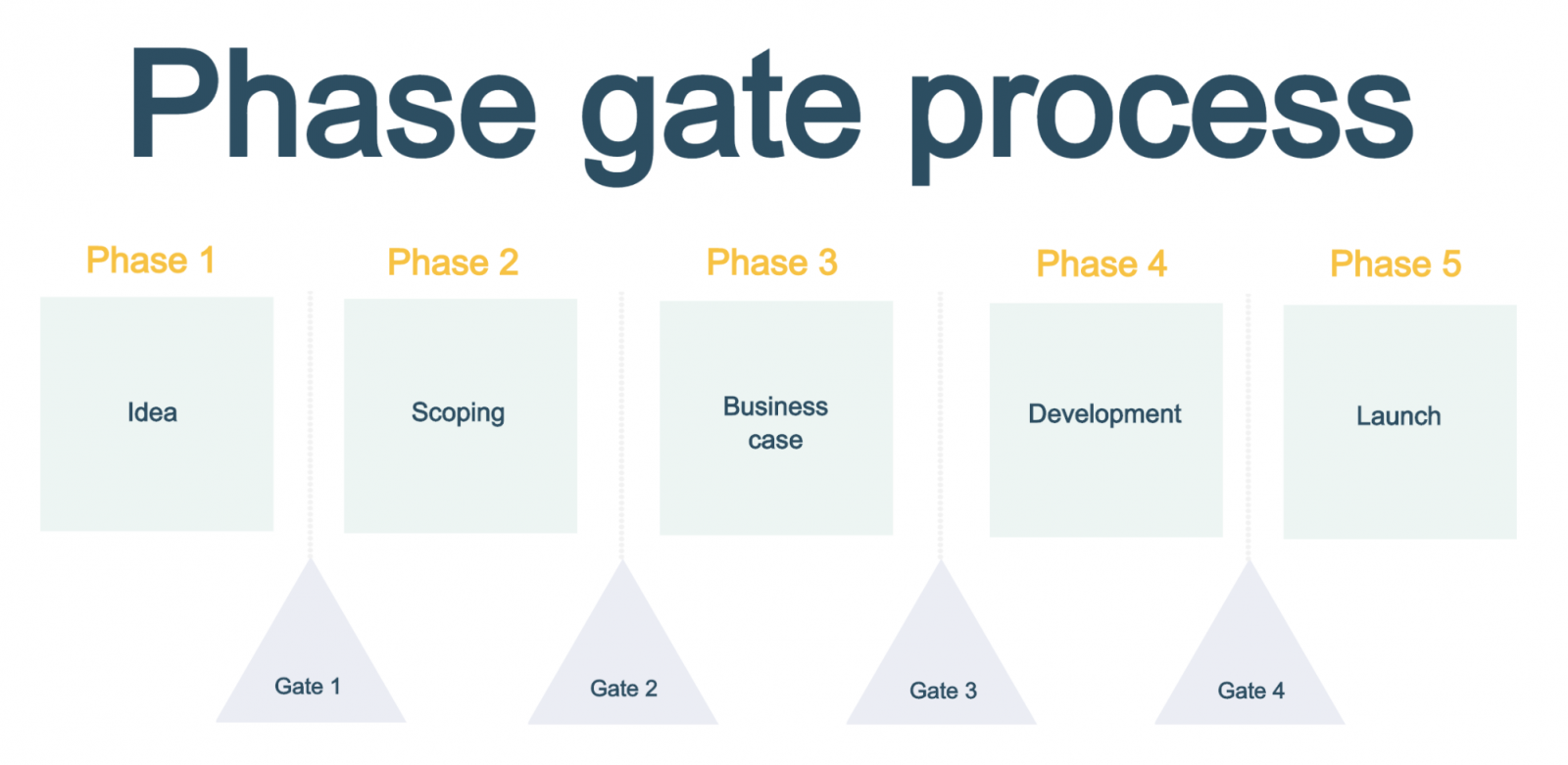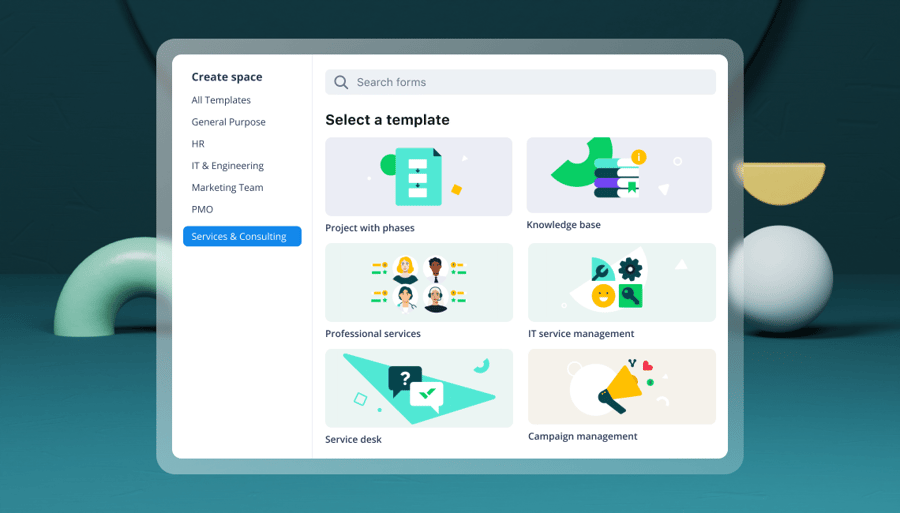Key takeaways:
- What is the phase gate process? It’s a technique guiding projects through stages, requiring a review after each phase to decide whether to continue, modify, or terminate.
- Why is the phase gate process essential? It helps assess project viability and resource management, ensuring timely responses to changing market conditions and team productivity.
- What are the key phases in the process? The phases typically include Idea, Scoping, Business Case, Development, and Launch, each with distinct objectives and assessments.
- What criteria are assessed in the phase gate review? Reviews focus on quality of execution, ongoing business rationale, and availability of resources before advancing to the next phase.
- What are the benefits of the phase gate methodology? Benefits include improved resource management, heightened project success likelihood, and alignment with business goals through continuous assessment.
Project managers have a number of processes and techniques they can use to ensure continued project viability and success. One such technique is called the phase gate process.
The PMBOK Guide 6th edition defines the phase gate process as “a review at the end of a phase in which a decision is made to continue to the next phase, to continue with modification, or to end a project or program.” The phase gate approach in project management presents many advantages and disadvantages, as well as a distinct contrast to other project management approaches.
In this guide to the phase gate process, we’ll unpack the stages and processes associated with it and offer guidance on how and if you can implement this approach into your next big project.
What is phase gate?
The phase gate process is a technique that is used to guide a project from conception to launch. It requires a review of each project stage before moving on to the next. In the phase gate review process, specific criteria must be met to determine the success of a phase and the ongoing viability of a project. The project manager will then decide to either move forward, make modifications before advancing, or end the project.
But why is the phase gate process necessary for efficient project management?
By now, you’ll know that things can change fast in project management and product development depending on the environment you’re working in. When developing a product, factors like a fast-evolving marketplace, customer needs, and availability of resources can affect a project’s trajectory. In order to manage an organization’s often scarce resources, it is valuable to assess the quality of a project and its efforts before barreling to the next phase.
If a team is working on a project that may become unviable due to a number of factors, it is best to isolate these conditions in the gate phase to determine the next steps.
What is the phase gate methodology?
Phase gate methodology seeks to head off risks, determine the most viable programs to pursue, and manage projects in phases, rather than in cycles or all at once. The phase gate methodology is also committed to limiting project error and increasing information-based decision-making.
Similar to Waterfall, the phase gate process is linear — tasks are completed in a sequence, punctuated by periods of assessment. The methodology is often used by organizations looking to bring a product to market quickly, and is ideal for projects involving large teams spread across multiple departments.
What steps are involved in the phase gate process?
In the phase gate process, each stage is completed and then followed by a checkpoint — the “gate." The name and number of the phases can vary depending on the project or sector. For our understanding of the topic, we can call these phases “idea," “scoping," “business case," “development," and “launch."
- Idea: The idea phase is where brainstorming activities take place. This is when you investigate the market and flesh out ideas that could potentially turn into a fully-formed project. You may seek input from customers and clients in this phase.
- Scoping: In the scoping phase, a team will delve a little deeper into a project’s viability. They may even perform a SWOT analysis to identify the strengths, weaknesses, opportunities, and threats associated with the project.
- Business case: In this stage of the phase gate process, it is necessary to build a strong business case for the project. A feasibility study may be performed here. A detailed project definition, analysis, and plan are also part of this phase.
- Development: After ideation, scoping, and presenting a robust business case, it’s time for the development phase. The end goal here is to arrive at a prototype of the product. This means that this phase is where the bulk of the design work occurs.
- Launch: In the launch phase, it is necessary to craft a marketing strategy that will bolster consumer demand and increase awareness of the product.
What is the phase gate review process?
The work completed in each phase must meet a set of criteria before the project can move forward. This set of criteria articulates the maturity, feasibility, and ongoing business case of a project. These criteria are:
- Quality of execution: This part of the phase gate review process assesses whether the work produced in the current phase is to a high enough standard.
- Business rationale: This part of the phase gate review process seeks to ensure there is an ongoing business rationale for the project.
- Action plan: This part of the phase gate review process is in place to ensure that there are enough resources available to continue and complete the project.
Once the current project phase is assessed using these criteria, the project manager will give a decision. The possible decisions that can be given in the phase gate review process are: go, kill, hold, and recycle.
- Go simply means the project team has been given the go-ahead to move forward to the next phase.
- Kill means that the project is dead. During the review, it was determined that the quality, business rationale, or resources did not meet the threshold to justify project continuation.
- Hold means that the project may still have potential but has been put on the backburner to reserve resources or prioritize other projects.
- Recycle indicates that some additional work may need to take place before the project can move forward.
Phase gate approval is obviously the desired outcome. However, in many cases, the project may not be mature enough to continue or have the resources or business rationale needed.
What are the benefits of using the phase gate process?
There are a few important benefits of using the phase gate process. Firstly, the check-in process ensures that efficiency is constantly a priority.
Most project managers can attest to having worked on a project with a diminished business case or justification. This can affect all levels of the initiative and lead to issues like scope creep, budget overrun, and more. The phase gate process allows teams to view their projects critically and continuously monitor quality and reasoning.
Other benefits of using the phase gate process include:
- More efficient resource management
There are more opportunities to move around resources if a project phase has not met certain criteria. This ensures that projects do not continue for the sake of continuing and that resources can be used elsewhere in the organization if needed. - Increased likelihood of project success
When there are assessments at certain checkpoints, issues and risks that can derail a project are made more apparent. This ensures that concerns about the project can be acted on before they lead to failure. - Business goals and project trajectory remain closely aligned
Because of the business rationale criteria in the phase gate review process, there is a constant emphasis on the alignment of business and project goals. This ensures that every initiative is continually contributing to wider organizational objectives.
What are the challenges of the phase gate methodology?
As is the case with any project management technique, there are challenges and limitations associated with the phase gate methodology.
At a most basic level, there is always the chance of the phase gate review process becoming a box-ticking exercise instead of an opportunity for true project introspection.
Additionally, there may be fewer opportunities for innovation and creativity since the business rationale criteria is heavily prioritized.
Are there best practices that I need to adhere to?
For successfully implementing the phase gate process into your project, be sure to follow a few important best practices.
- Seek input from engaged stakeholders
When conducting a phase gate review, you’ll need to assess the work that took place in the current project phase. If you have unengaged or uninformed stakeholders and members of leadership, making certain assessments can become difficult. Combat this by ensuring stakeholders are informed and aware of project progress and roadblocks. - Conduct thorough review processes
Don’t let your phase gate review process become a box-ticking exercise. Take a critical and in-depth view of each stage, apply the necessary criteria, and make an informed go/kill decision based on performance and future prospects. - Efficient information gathering
Working in the dark with limited visibility makes information gathering more difficult than it needs to be. Implement systems and workflows that improve visibility and provide insights that help make critical decisions. - Focus on the customer
Keep the end user front of mind throughout the process. Gather feedback throughout the process and use it to establish gate criteria. Identify the goals of the project before development begins, and define how the product will help your customer. - Foster a collaborative environment
Along with input from stakeholders and transparent workflows, you must empower your team members to speak up and challenge assumptions on the project. Encourage conflict resolution, hold productive meetings, and create an atmosphere in which everyone feels free to share their opinions.
Using Wrike in the phase gate review process
When deciding whether or not to advance a project to the next phase, it is necessary to have a detailed understanding of project progress and health.
Wrike’s business intelligence allows project managers to monitor progress, effort, overdue tasks, and other key indicators.
Assessing positive or negative trends in task completion and resource management will help make go/kill decisions easier to justify.
For example, with Wrike Analyze, you may learn that tasks are taking twice as much time to complete, making it a potentially unviable project from a budget and time perspective.
Make your most informed decisions using Wrike. Break your project down into phases within your highly customizable workspace. Conduct reviews, analyze project data, and keep stakeholders up to date in one, easy-to-use platform.
Try Wrike today to see how you can manage all your project stages in one efficient project management solution!











